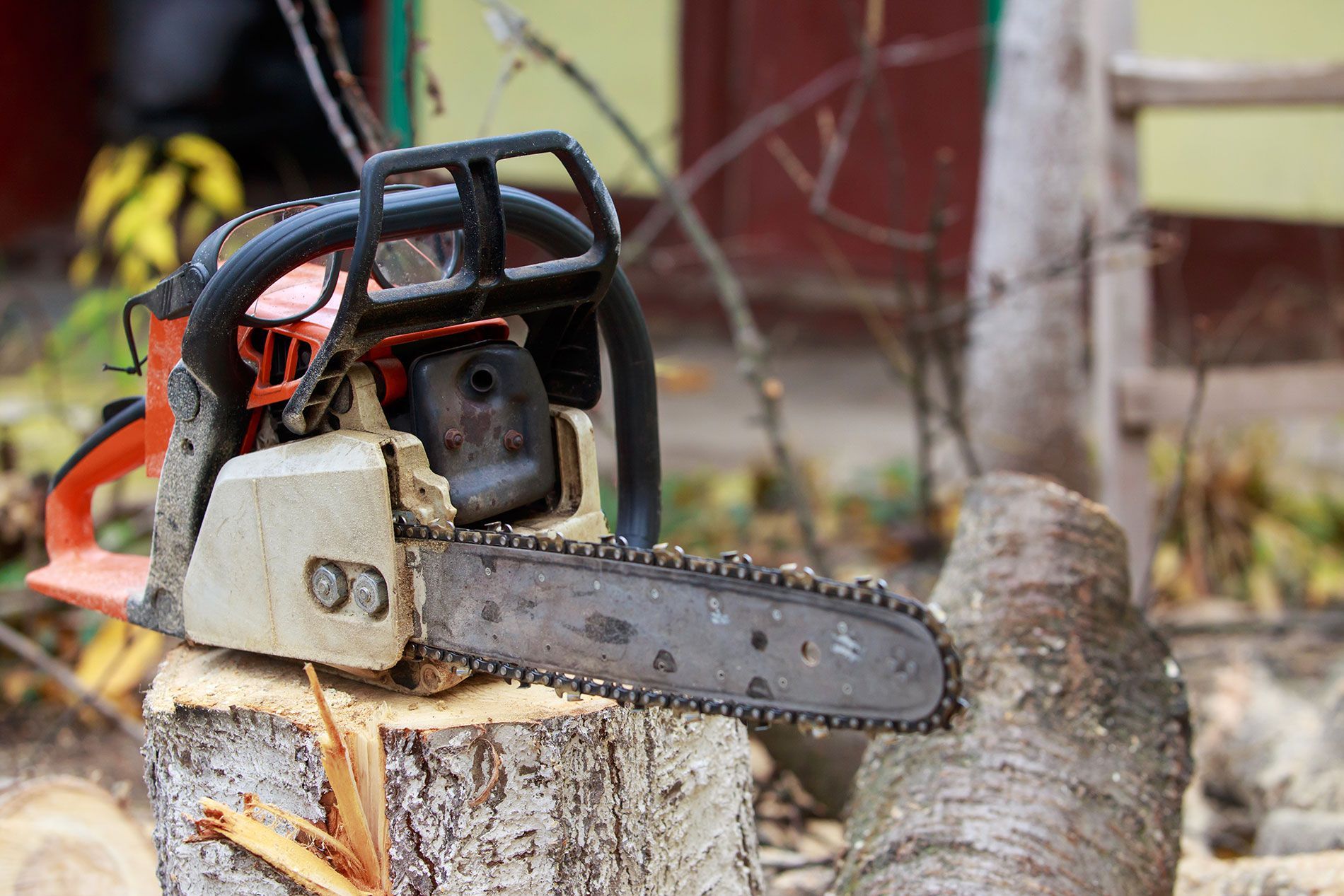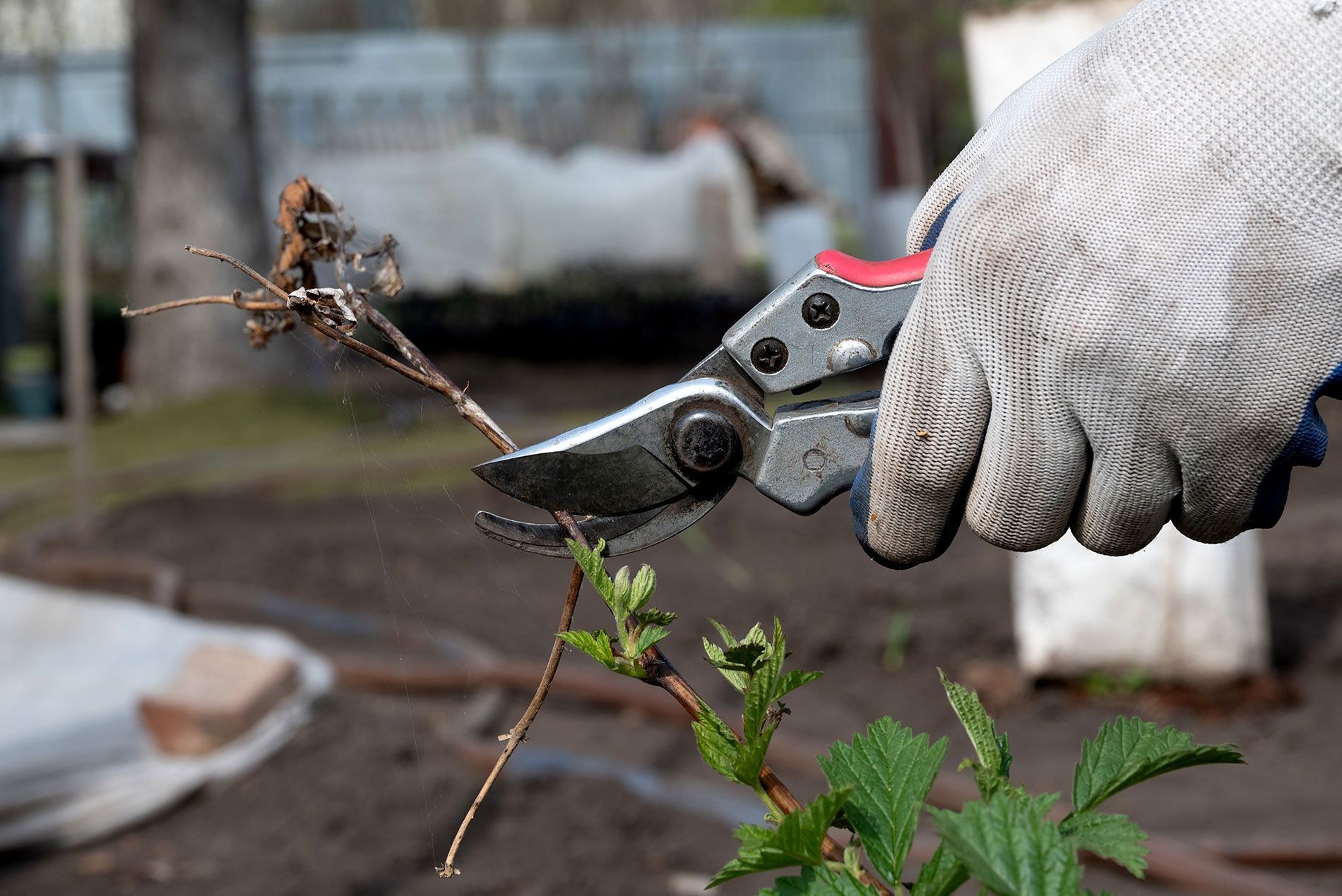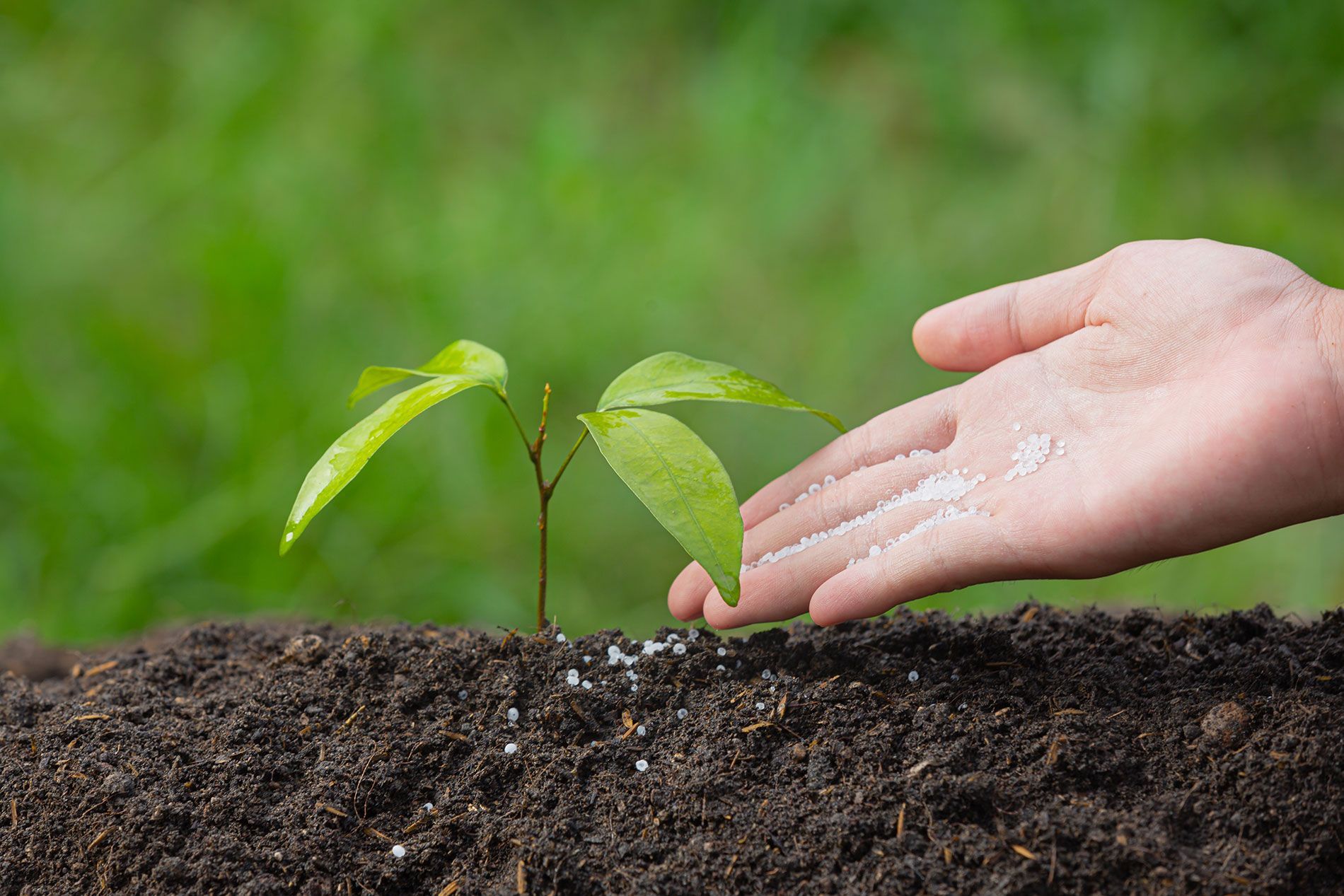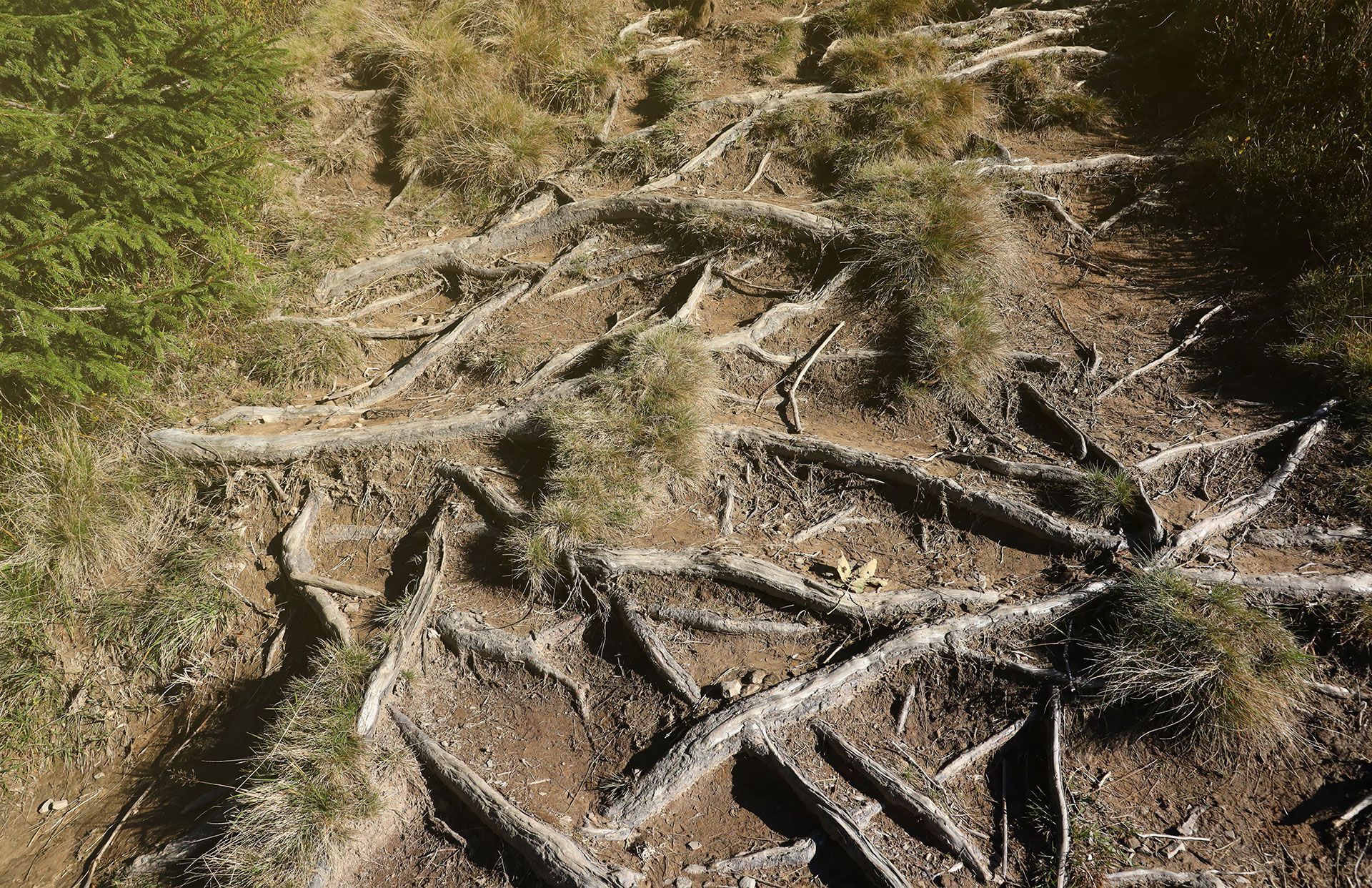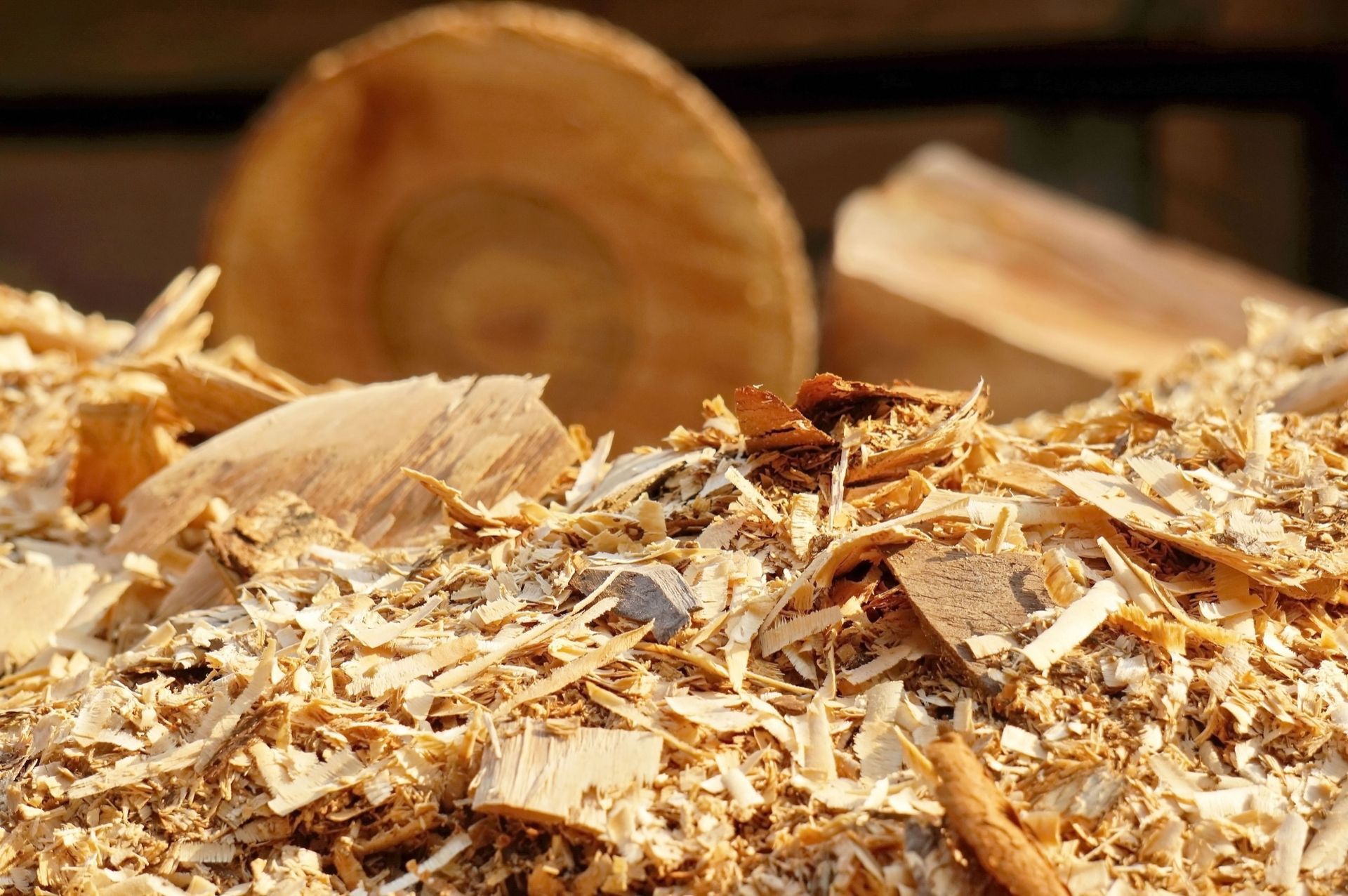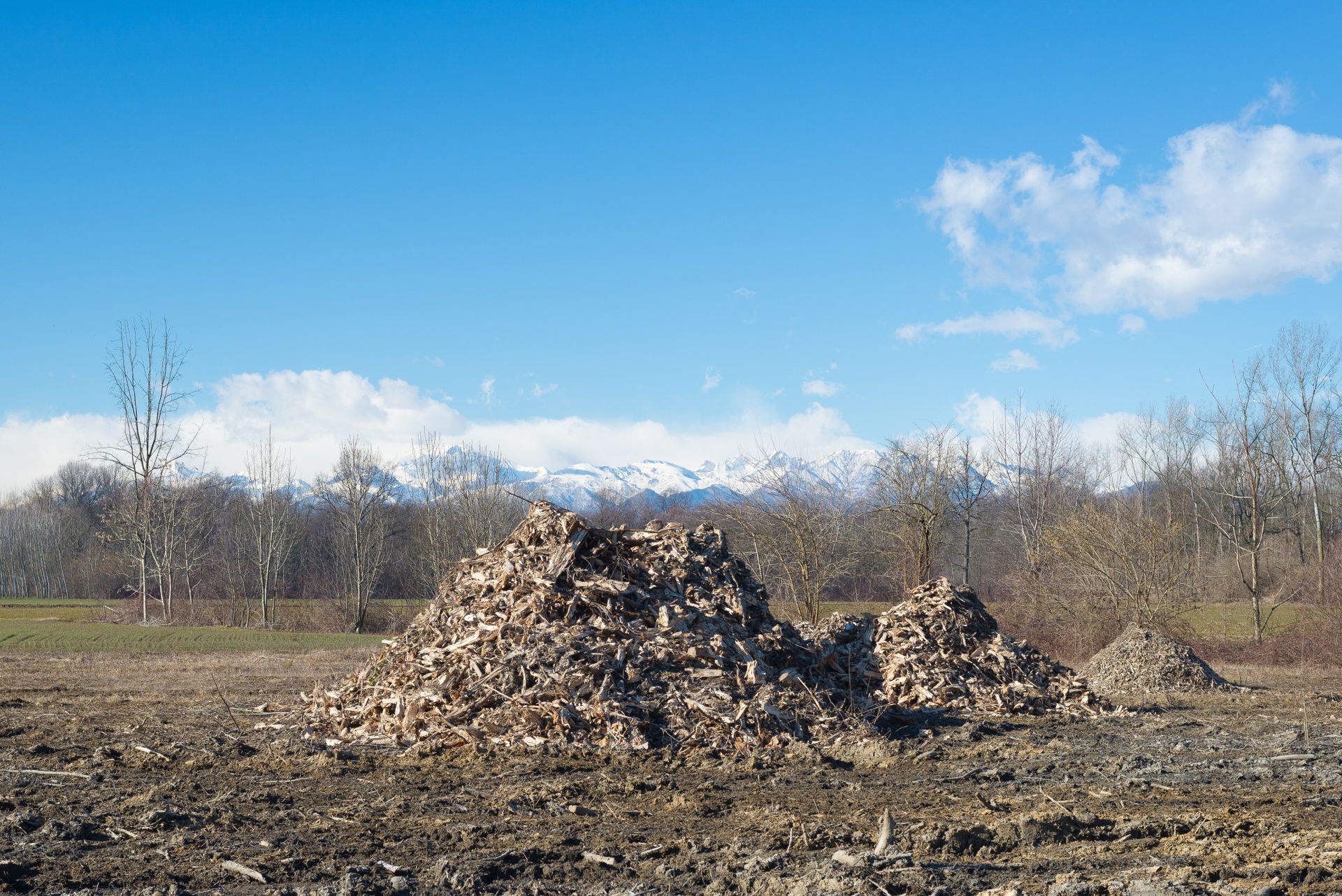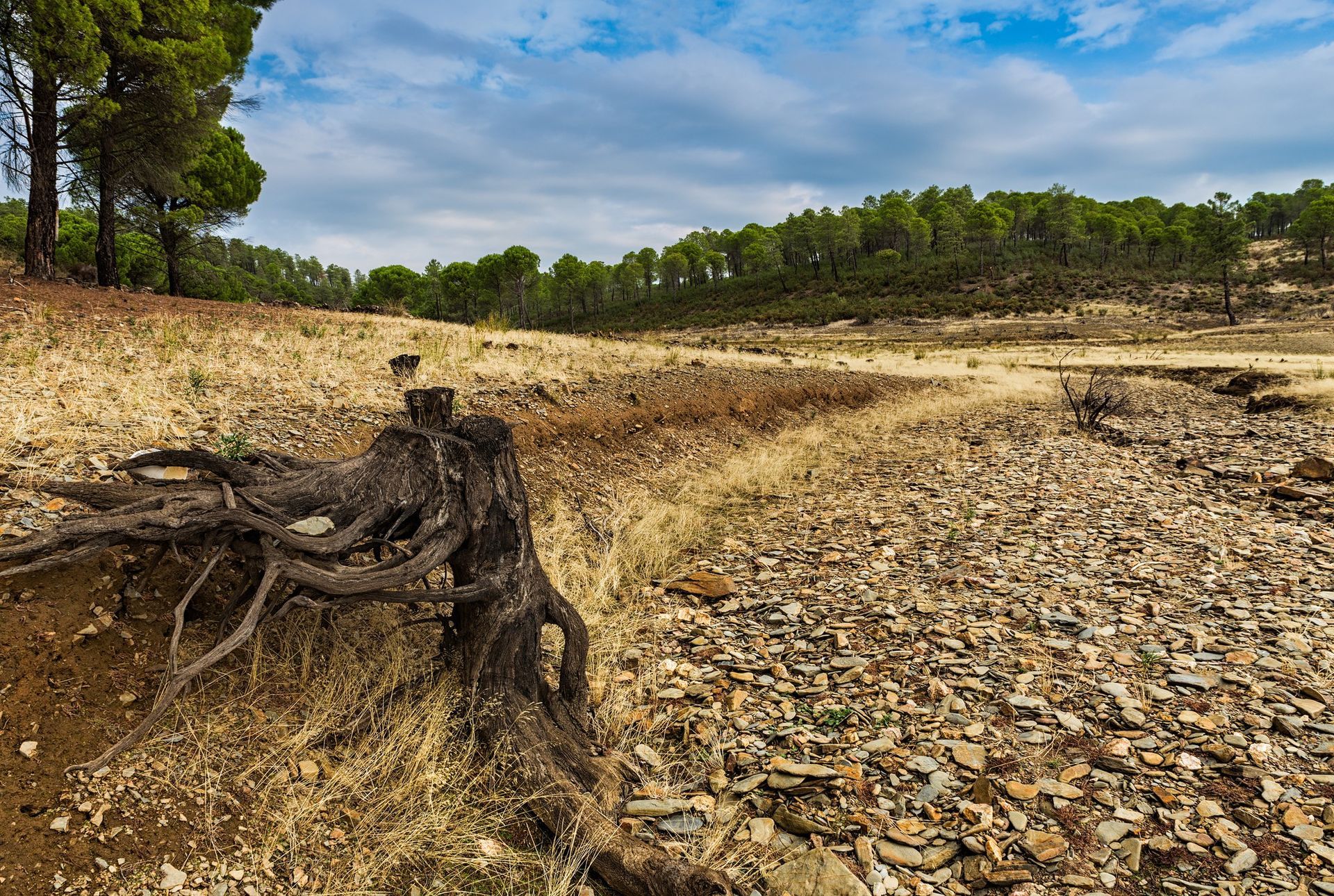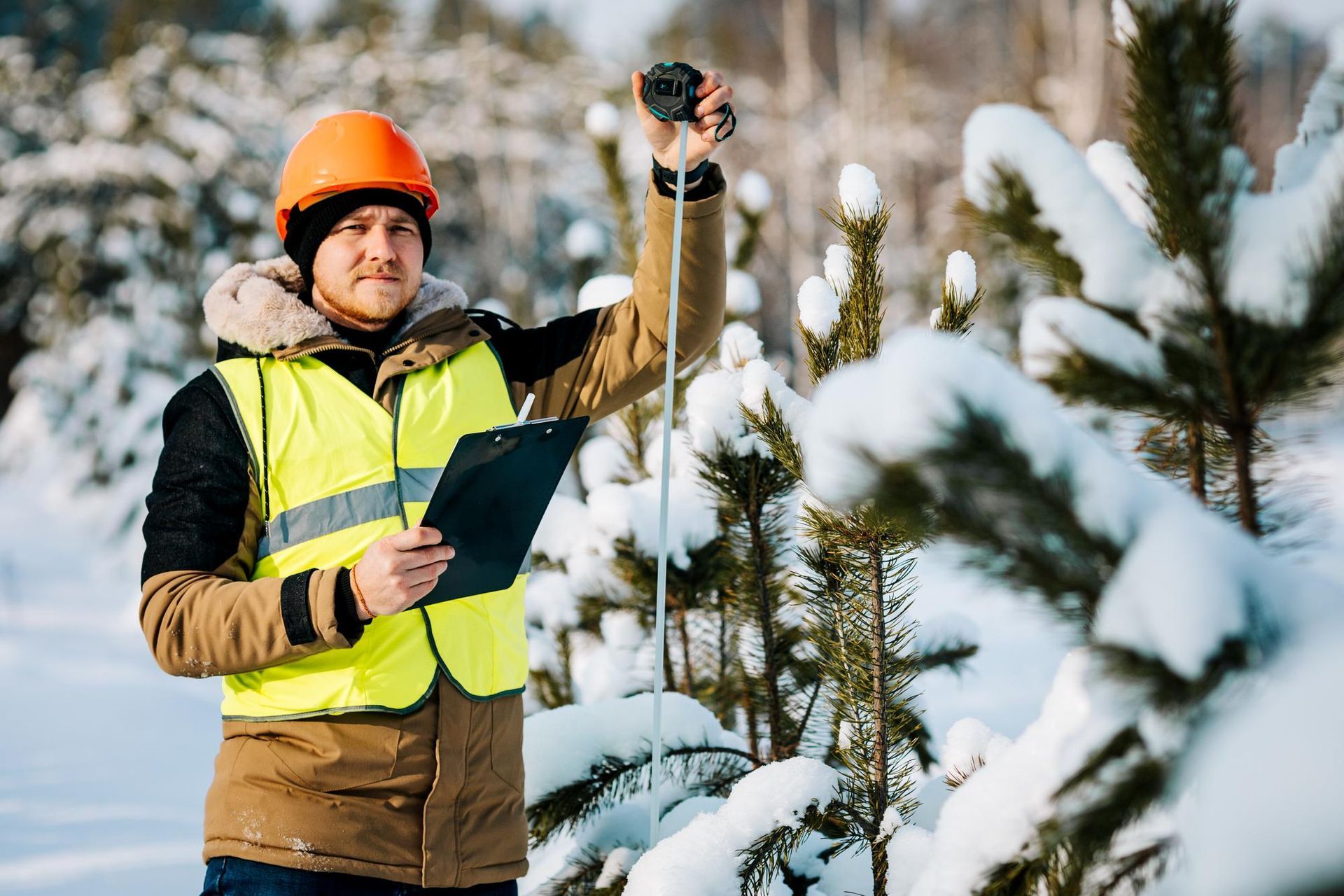Transforming Your Backyard: How Tree Trimming Makes a Difference
Have you ever gazed out at your backyard and felt that something was amiss? A slightly wild appearance or trees overshadowing the garden beds? Trees are majestic structures of nature that provide shade, beauty, and a habitat for wildlife. However, without proper care, they can become unwieldy, leading to a messy landscape. That's where tree trimming enters the picture, dramatically transforming and enhancing the aesthetic of your backyard. If you've been considering a "tree trimming near me" search, this article will underscore why it's a brilliant idea.
1. Boosts Tree Health
Trees, like any other living organism, require care and attention to flourish. Regular trimming is akin to a health checkup, ensuring they remain at their optimal health. Here's how trimming directly affects and improves a tree's health:
a. Disease Prevention:
Just as a doctor might remove infected tissue to prevent the spread of disease in a human, removing diseased branches can prevent the spread of tree diseases. Left unattended, diseases can spread across the tree and even to neighboring trees. Early detection and trimming can keep the disease in check.
b. Improved Nutrient Distribution:
By removing dead or overgrown branches, the tree can better distribute nutrients to the healthy parts. This ensures that the energy and nutrients aren’t wasted on branches that are no longer beneficial to the tree.
c. Sunlight Maximization:
When trees are densely packed with branches, not all parts get adequate sunlight. Trimming helps in thinning out the canopy, ensuring that all leaves receive an equal amount of sunlight. This boosts photosynthesis, which in turn supports the tree's growth and health.
d. Pest Control:
Dead or dying branches can become a haven for pests or fungi. By trimming these branches, you reduce the chances of infestations which can further damage or weaken the tree.
e. Structural Integrity:
Trimming helps in maintaining a tree's structural integrity. By removing weak or overlapping branches, you can prevent them from breaking and causing damage. Furthermore, proper trimming can help shape the growth direction of branches, preventing them from growing into buildings or power lines.
f. Promotes New Growth:
Just as pruning can invigorate certain plants to produce new growth, trimming can stimulate trees to grow more robustly. It's akin to giving the tree a fresh start, removing the old to make way for the new.
g. Reduces Stress:
Trees can experience stress due to various factors, including disease, pests, or unfavorable environmental conditions. Regular trimming reduces some of these stressors, allowing the tree to focus on growth and rejuvenation.
To sum up, regular tree trimming is like a
comprehensive health regimen for trees. By ensuring they are free from diseases, pests, and deadwood, and by facilitating better sunlight and nutrient distribution, you're setting them up for a long, healthy life. Thus, if you've been contemplating a "tree trimming near me" search, know that it's not just for aesthetics – it's a crucial step in tree care.
2. Enhances Your Garden's Beauty
Every element of a garden, from the smallest flower to the tallest tree, plays a role in the symphony of its aesthetics. Trees, with their stature and presence, often serve as the centerpiece. Proper tree trimming, in this context, is akin to fine-tuning a musical instrument, ensuring the entire orchestra plays in harmony. Here's how tree trimming accentuates the beauty of a garden:
a. Balanced Canopy:
Through skilled trimming, you can shape the tree's canopy to create an even and balanced look. This not only highlights the tree’s natural form but also ensures that it complements other elements in the garden rather than overshadowing them.
b. Enhanced View of Garden Features:
Overgrown branches can obstruct the view of intricate garden features such as sculptures, water features, or flower beds. Trimming ensures that these features get the spotlight they deserve, adding depth and layers to the garden's visual appeal.
c. Improved Flowering and Fruiting:
For flowering and fruit trees, regular trimming can stimulate and enhance their blooming and fruiting capabilities. This means more vibrant blossoms in spring and a richer bounty of fruits in season, adding color and variety to your garden.
d. Highlighting Bark and Tree Features:
Some trees have uniquely textured or colored barks, like the peeling red bark of the Paperbark Maple or the silver hue of the Birch. Trimming can help showcase these features by removing cluttered or overgrown branches.
e. Encouraging Understory Growth:
Trimming can allow sunlight to reach the garden floor, encouraging the growth of ground covers, shrubs, and flowers. This creates a multi-layered garden with a rich tapestry of colors and textures from the ground up.
3. Increases Property Value
A property's value isn't just determined by the structure of the house or the amenities it offers; the landscape plays a pivotal role too. Trees, often considered the crown jewels of a landscape, can significantly influence a property's worth, especially when well-maintained through regular trimming. Here’s how:
a. Curb Appeal:
First impressions matter. A well-trimmed and manicured garden instantly grabs attention, creating a positive first impression. Trees that are shaped, free of dead branches, and showcase their natural beauty can make a property stand out, appealing to potential buyers or evaluators right from the street.
b. Demonstrates Care and Maintenance:
Regular tree trimming signifies a homeowner's dedication to property maintenance. Potential buyers often prefer homes that have been well-cared for, as it hints at the good upkeep of other aspects of the property they might not immediately see.
c. Reducing Potential Liabilities:
Overgrown trees with weak branches pose risks — risks of damage to the property or neighboring properties, risks to personal safety during storms, and risks of entanglements with overhead utilities. Properly trimmed trees negate these liabilities, thereby adding to the property’s value by minimizing potential future costs.
d. Energy Efficiency:
Strategically trimmed trees can act as effective windbreakers in winter while providing shade in summer. This natural insulation can lead to reduced energy bills, an appealing factor for potential buyers who are increasingly conscious of both environmental impact and long-term savings.
e. Protecting the Foundation:
Overgrown tree roots can threaten a house’s foundation. Regular tree trimming, combined with root maintenance, ensures that trees and their roots grow in a controlled manner, reducing threats to the property's foundation and thereby preserving its value.
f. Enhancing Views:
For properties with a view, whether it’s a city skyline, ocean, mountains, or even a serene garden, ensuring that trees don’t obstruct this view is vital. Well-trimmed trees can frame and enhance these views rather than block them, adding a premium to the property’s worth.
4. Safety First
Overgrown or dead branches can be hazardous, especially during storms or high winds, where they risk breaking off and causing damage. Regular trimming eliminates this threat, keeping your backyard safe for your family and visitors. Additionally, trees with intertwined branches can become homes for pests or rodents. A periodic "tree trimming near me" search ensures you nip these potential problems in the bud.
5. Promotes Fruit Production
If you have fruit trees in your backyard, trimming is a blessing. Pruning enhances fruit production by removing dead or diseased branches, ensuring that the tree's energy is directed towards producing luscious, juicy fruits. This means more delicious harvests and the joy of picking fresh fruit right in your backyard!
6. View Enhancement
There's nothing like a beautiful view from your patio or window, be it a sunset, a garden, or perhaps a water feature in your yard. Overgrown trees can obstruct these views. Trimming ensures that you have an unobstructed view of the beauty your backyard holds. The next time you feel your view is getting blocked, a "tree trimming near me" search might be just what you need.
7. Environmental Benefits
Maintaining a harmonious relationship with our environment is paramount, and tree trimming is an unsung hero in this partnership. Let's explore the multifaceted environmental benefits of tree trimming:
a. Improved Air Quality:
Trees serve as the lungs of our planet. They absorb carbon dioxide and release oxygen, purifying the air we breathe. When trees are healthy and free from disease — which trimming promotes — they function more efficiently. Healthy trees can absorb more pollutants and particulate matter, acting as natural air filters. Thus, by keeping our trees in optimal condition through trimming, we are directly improving our air quality.
b. Supports Local Biodiversity:
Overgrown or densely packed trees may hinder the movement and habitation of certain local wildlife, especially birds looking for nesting sites. Regularly trimmed trees can provide more balanced and accessible habitats, ensuring local species have spaces to thrive. Moreover, removing dead or diseased limbs can help prevent the spread of pests or diseases that could harm local fauna.
c. Enhances Water Quality:
Trees play an integral role in water purification. Their root systems act as natural filters, removing pollutants from rainwater. Healthy trees, with their expansive root networks, are more effective at this role. By trimming trees and promoting their health, we indirectly support the quality of groundwater and prevent the runoff of pollutants into local water bodies.
d. Carbon Sequestration:
As global conversations about climate change intensify, the role of trees in carbon sequestration cannot be overstated. Healthy trees store more carbon, thus reducing the amount of carbon dioxide in the atmosphere. By investing in tree health through trimming, we're enhancing their capacity to combat climate change.
e. Soil Erosion Control:
Trees help in preventing soil erosion. Overgrown or unhealthy branches can shade out the ground below, preventing the growth of grasses or smaller plants whose root systems hold the soil together. Proper tree trimming can ensure that sunlight reaches these ground-level plants, thereby maintaining a rich undergrowth that contributes to erosion control.
f. Temperature Regulation:
Trees provide shade and act as natural air conditioners. Well-trimmed trees optimize this cooling effect, allowing breezes to pass through while providing ample shade. This not only makes our backyards comfortable in hot weather but also plays a role in mitigating the urban heat island effect, making our neighborhoods cooler.
In the grand tapestry of environmental conservation, tree trimming might seem like a minor thread. But, as we see, its impacts are profound, touching various facets of our ecosystem. By simply searching for "tree trimming near me" and acting on it, we take a step closer to a more balanced and healthier environment.
Conclusion
Your backyard is a reflection of your home's beauty, and trees play a pivotal role in its aesthetics. Tree trimming, thus, isn't just about maintaining the trees; it's about transforming your entire backyard. By ensuring regular trimming, you not only uphold the health and beauty of your trees but also enhance the overall appeal and safety of your outdoor space.
If you're inspired to give your backyard trees the care they deserve and are searching in the Columbia Falls, MT area, consider reaching out to Big Mountain Tree Service – regarded as one of the best in the region. With their expertise, you can be confident in receiving top-notch service. You can contact them at
406-261-2042.
So, the next time you think of "tree trimming near me", remember the significant difference a professional touch can make, turning your backyard into a verdant masterpiece.
